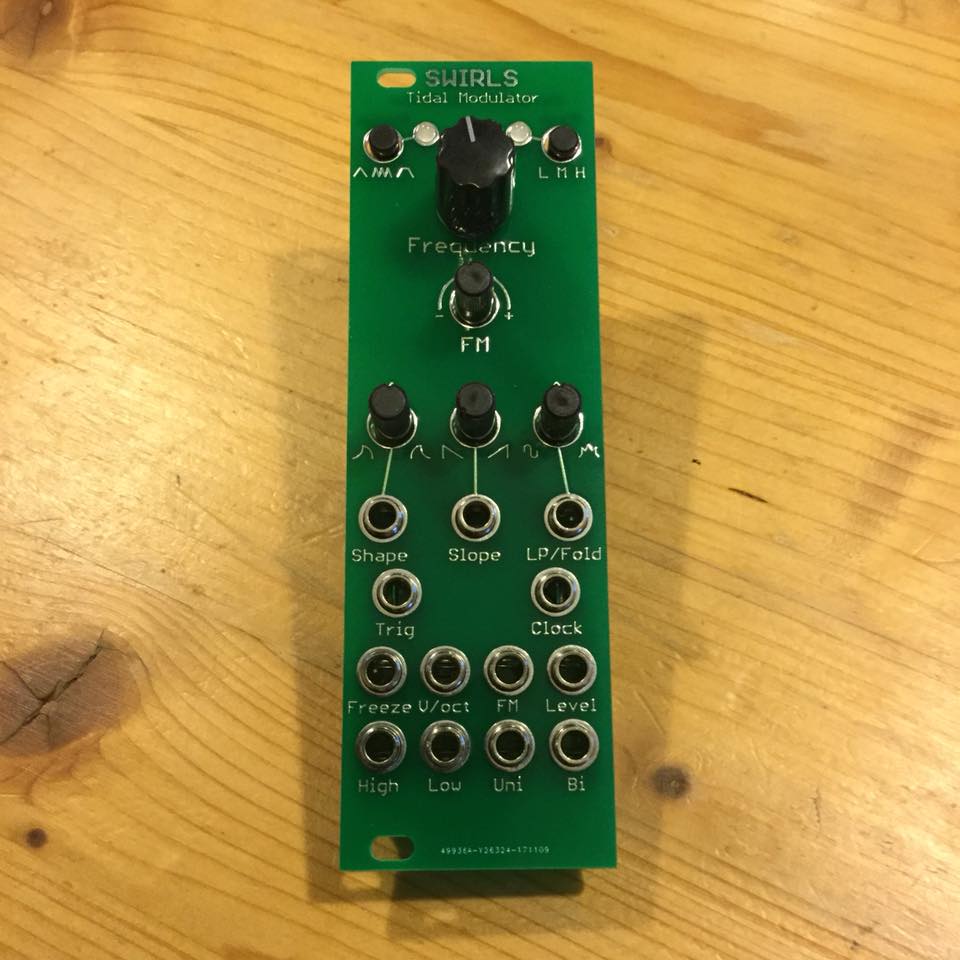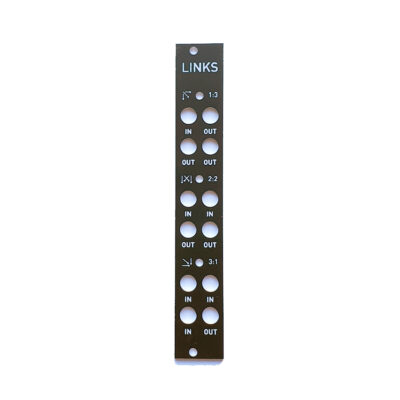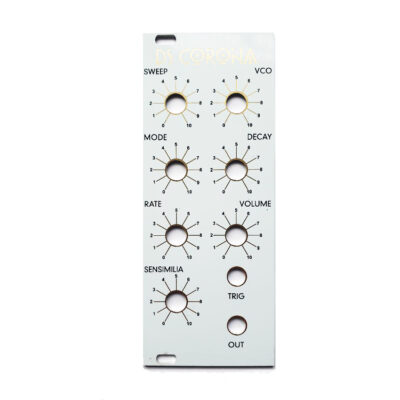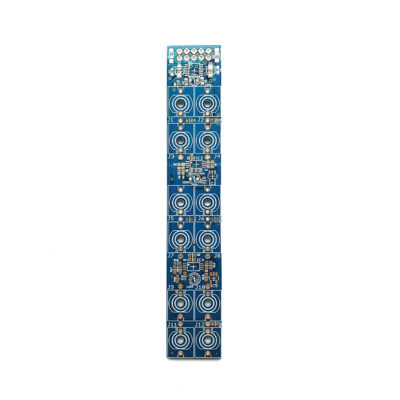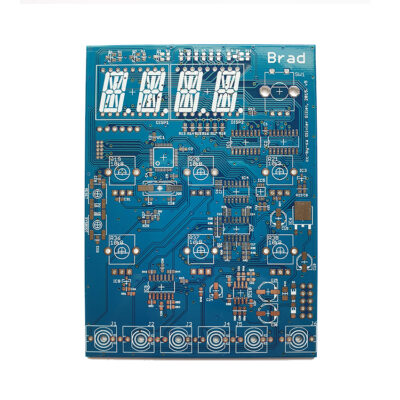Description
Inputs/outputs and controls
- Cycle mode selector: single shot AD, single shot AR, looping (VC-LFO/VCDO).
- Range selector: low (20 minutes to 5 Hz), medium (0.05 Hz to 300 Hz), high (8 Hz to 10kHz).
- Frequency control.
- Frequency modulation attenuverter.
- Shape/curve potentiometer and CV input.
- Slope/asymmetry potentiometer and CV input.
- Smoothness (low-pass filter and wavefolder) potentiometer and CV input.
- Trigger input, serving as a Trigger in AD/AR mode or a Sync/Reset in looping mode.
- Clock input, to tap or “ping” the LFO and envelopes, or to lock the VCDO frequency through a PLL.
- Freeze gate input.
- V/Oct CV input for main frequency/rate.
- FM CV input.
- Level CV input, normaled to 8V. You don’t need a VCA.
- “High tide” and “Low tide” Gate output allowing quadrature operation.
- Unipolar (8V) and Bipolar (+/- 5V) outputs. This is more than a simple offset/gain adjustment: the bipolar output is made of a positive “bump” during the attack phase; and a negative “bump” during the release phase. When used as audio sources, both have a distinct sonic character.
Technical characteristics
- All inputs: 100k impedance, DC to 500 Hz for shape/asymmetry/process, DC to 8kHz for FM, DC to 24 kHz for level.
- 12-bit CV acquisition with dedicated power supply for converters and references.
- 16-bit CV generation. 60kHz sample rate (15kHz in the lower frequency range).
- Cortex-M3 ARM processor.
- Open-source hardware and firmware.
- Easy firmware updates through an audio interface.
An 8hp version of Mutable Instruments Tides/Sheep with a reversible pcb panel.
A contribution from each sale goes to the re-designer.
cc-by-sa-3.0
Original design by: Olivier Gillet (olivier@mutable-instruments.net)


